While Australian households are installing solar batteries at record rates, with more than 19,500 registered in July, the uptake of new sub-100 kW PV systems has cooled with data from market analyst Solar Nerds showing a total of 205,455 kW was registered for the month.
That figure is the second-lowest monthly installation tally for the year and comes after a combined 195,110 kW of rooftop solar was deployed across Australian households and businesses in June 2025 – the lowest trough of the year so far.
Imraan Thanawalla, managing director of Solar Nerds parent company Solaris Finance, said the back-to-back monthly figures suggest the annual installation rate is shaping to be the lowest for up to six years.
“It’s not the worst two consecutive months we’ve experienced but it’s pretty close,” he said. “If you sum up the whole year, it is shaping up to be the worst year since 2019, possibly 2022.”
Historical data shows that 2.8 GW of rooftop solar was bolted onto Australian households and businesses in 2022 while 2 GW was deployed in 2019.
Forward projections suggest about 2.8 GW of rooftop solar capacity will be installed across Australia in 2025, placing the annual total in line with 2022 but down on the 3 GW of PV capacity deployed in 2024 and well short on the 3.2 GW installed in 2023.
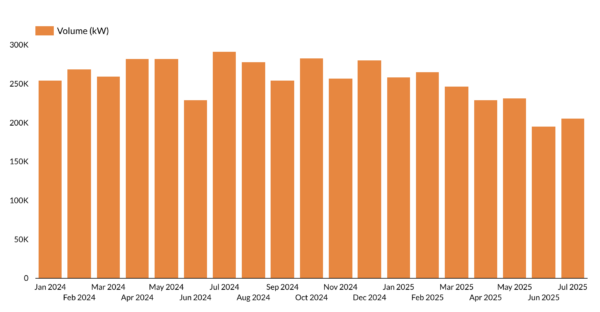
“It’s not looking good at the moment,” Thanawalla said. “It has been the worst couple of months in a while but let’s see how the run goes towards the end of the year.”
The slowdown in rooftop solar installs coincides with a surge in residential battery installations on the back of the federal government’s $2.3 billion (USD 1.49 billion) Cheaper Home Batteries Program, that offers discounts of about 30% for the technology when installing with a new or existing rooftop solar system.
Figures provided by the Clean Energy Regulator show that in the month of July, 19,592 solar batteries were installed, providing a total nominal capacity of 356.6 MWh.
While there is some suggestion the uptake of batteries has slowed the rooftop solar market, Thanawalla said the issue appears to be more widespread than that.
“The common consensus seems to be everyone was holding off on buying their batteries and buying their solar until after the battery rebate but that went live on July 1 and people were installing them before and just turning them on afterwards,” he said. “So I’m not sure it had that much of an effect.”
Thanawalla highlighted that the current figures are well down on the corresponding months in recent years, suggesting that the slowdown could be aligned with broader economic pressures.
“Trying to come up with a reason why it is happening is just opinion but if you look at the numbers in mid-2024, we’re down about 33%,” he said. “It seems like this is sort of a broader issue, not just specific to solar, specific to elections, specific to battery rebates.”
This content is protected by copyright and may not be reused. If you want to cooperate with us and would like to reuse some of our content, please contact: editors@pv-magazine.com.
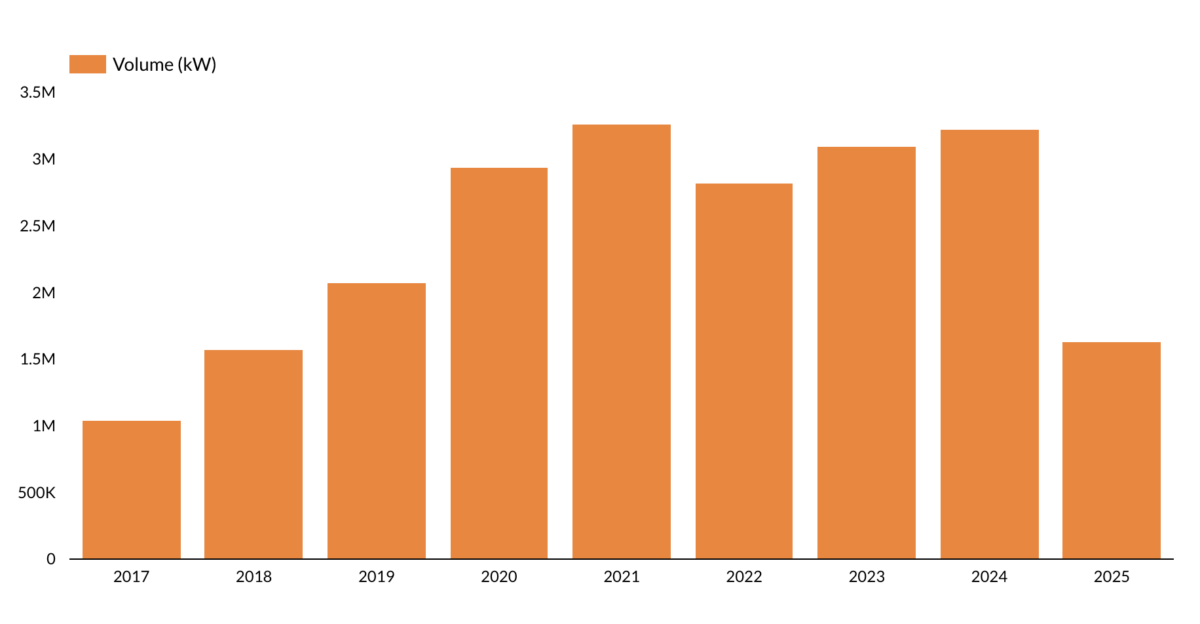
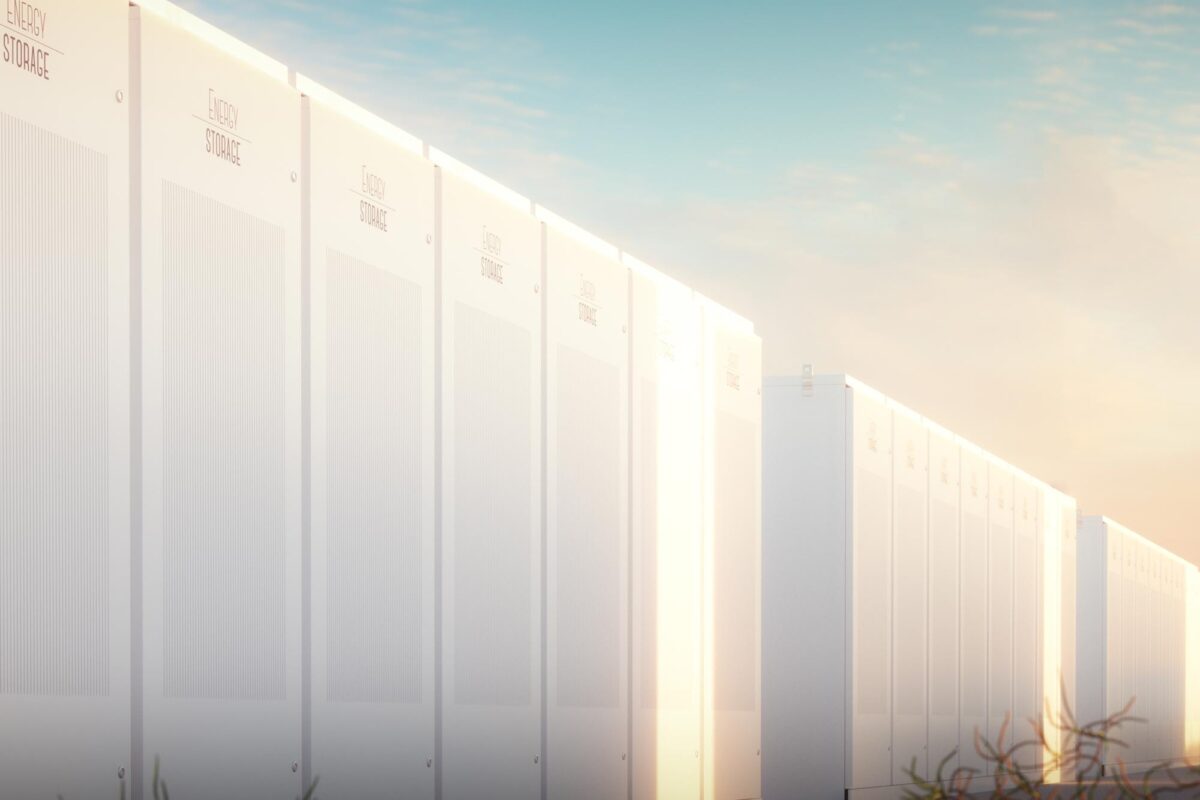





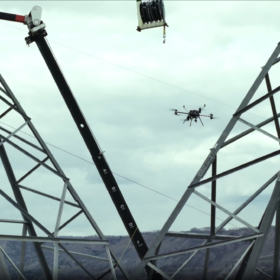
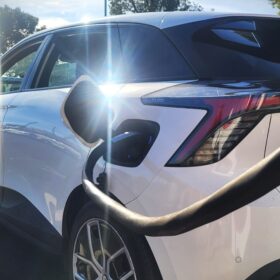
By submitting this form you agree to pv magazine using your data for the purposes of publishing your comment.
Your personal data will only be disclosed or otherwise transmitted to third parties for the purposes of spam filtering or if this is necessary for technical maintenance of the website. Any other transfer to third parties will not take place unless this is justified on the basis of applicable data protection regulations or if pv magazine is legally obliged to do so.
You may revoke this consent at any time with effect for the future, in which case your personal data will be deleted immediately. Otherwise, your data will be deleted if pv magazine has processed your request or the purpose of data storage is fulfilled.
Further information on data privacy can be found in our Data Protection Policy.